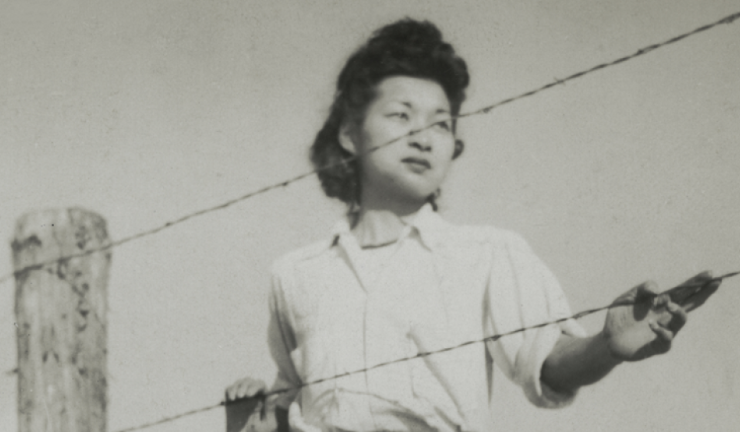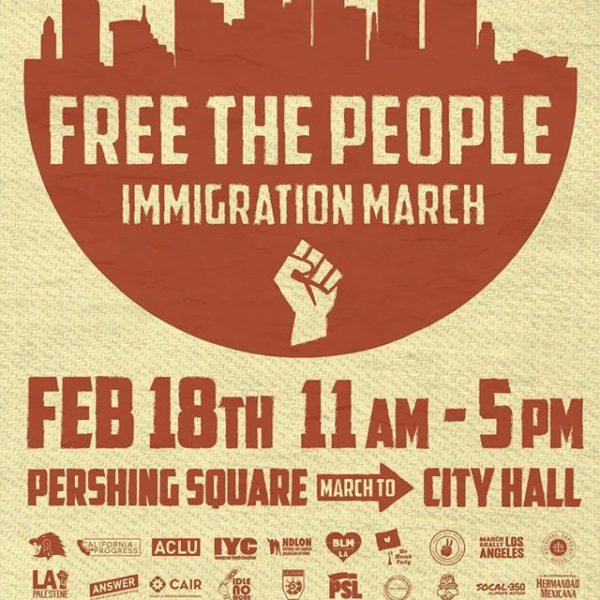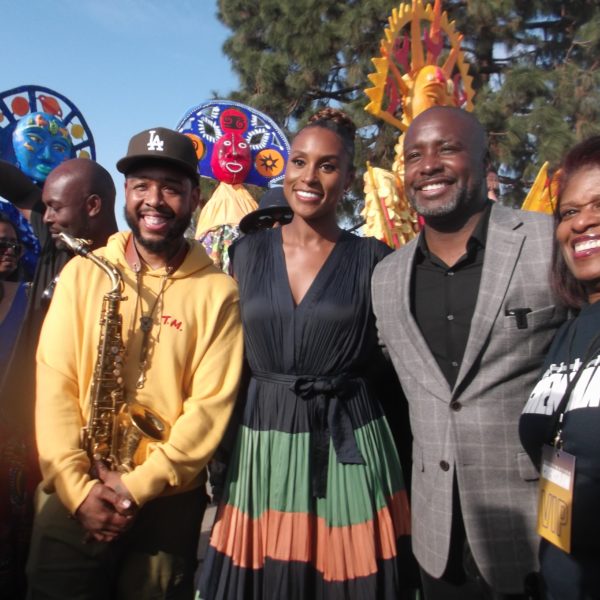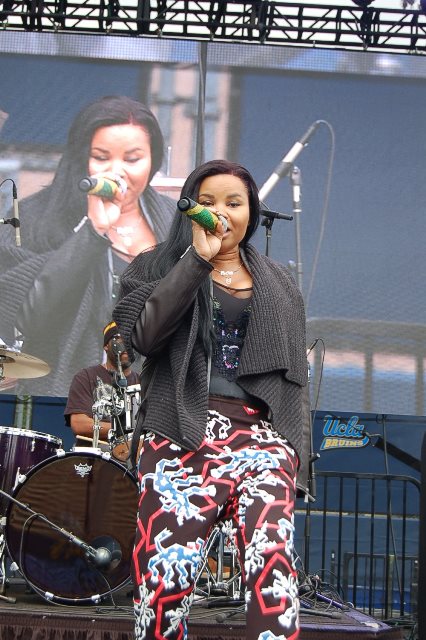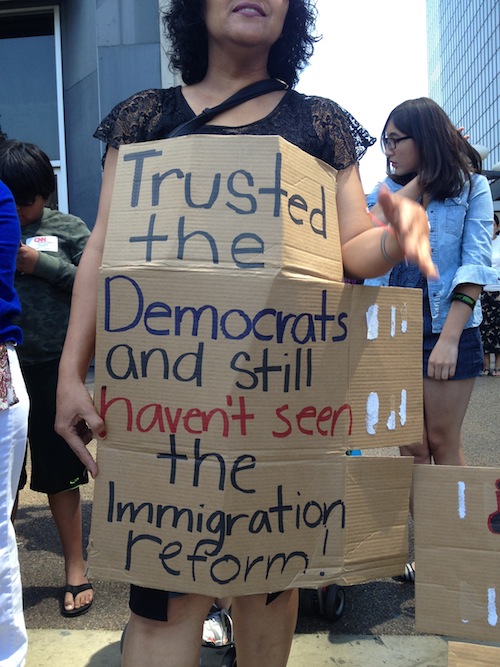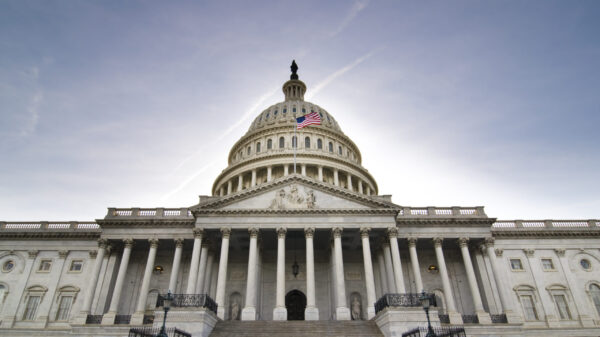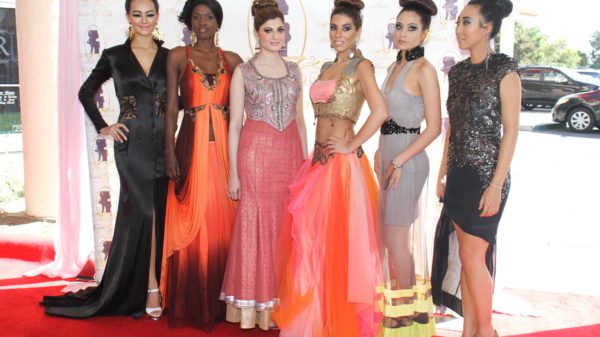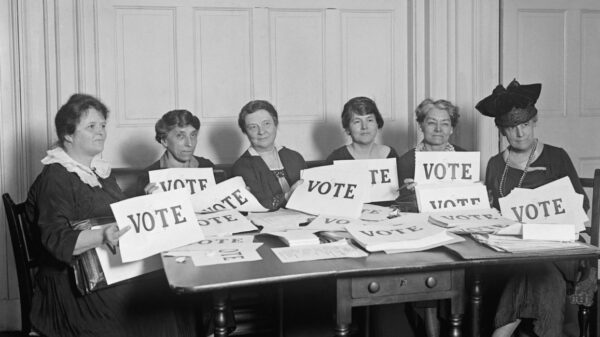In a recent groundbreaking virtual briefing hosted by Ethnic Media Services (EMS), the pulse of racial reckoning resonated as cultural institutions and museums from across California united to discuss the launch of the significant national initiative, “Our Shared Future: Reckoning with Our Racial Past.” Orchestrated by the venerable Smithsonian Institution, this initiative serves as a beacon, aiming to explore the transformative impact of race on individual lives and the persistent inequalities in society rooted in historical racist events and policies.
The briefing featured four distinguished speakers, each representing cultural institutions that have been at the forefront of addressing racial disparities: Deborah L. Mack, PhD, Director of Our Shared Future at the Smithsonian Institution; Leticia Rhi Buckley, CEO of LA Plaza de Cultura y Artes; Michael Truong, Executive Director of the Chinese American Museum; and James Herr, Director of the National Center for the Preservation of Democracy at the Japanese American National Museum.
Dr. Deborah L. Mack initiated the event by addressing a poignant question: “How can we reckon with a racial past if we don’t know it?” This set the stage for an illuminating discussion on the importance of understanding and acknowledging history to forge a more equitable future.
The genesis of the initiative, unveiled by Dr. Mack, revealed that it sprang to life in 2020, catalyzed by a generous donation from Bank of America in response to the murder of George Floyd. Tasked with leveraging its multidisciplinary work, capacity, and convening power, the Smithsonian Institution identified six key areas of focus: race and wellness, race and place, race, public policy, and ethics, race, art, aesthetics, and race beyond the United States.
Los Angeles, a city emblematic of diversity and historical significance, was chosen as the launch city. Collaborating with three leading cultural institutions—LA Plaza de Cultura y Artes, the Chinese American Museum, and the Japanese American National Museum—intensified the initiative’s impact. Each speaker, representing their institution, conveyed a steadfast commitment to confronting race and racism through exhibitions, programs, and community engagement.
Dr. Mack’s virtual podium became a window into the Smithsonian’s extensive efforts in collecting objects and images related to race and discrimination. 3D scans of historically charged artifacts, such as a heart monitor prototype developed by an African-American physician, illustrated the contextual depth behind seemingly neutral inventions.
The initiative, extending beyond exhibitions, includes professional development workshops and convenings nationwide. Dr. Mack concluded her presentation, leaving participants with a profound understanding of the initiative’s goals and the Smithsonian’s commitment to reckoning with the racial past.
Transitioning to Reed Buckley, CEO of LA Plaza de Cultura y Artes, his words echoed the profound commitment of cultural institutions to shaping narratives and fostering dialogue. LA Plaza, nestled in downtown Los Angeles, is not merely a museum but a living, breathing space contributing actively to the ongoing dialogue about shared history.
Buckley emphasized that La Plaza doesn’t just collect artifacts; it collects stories. Through exhibitions, educational initiatives, and collaborations, La Plaza provides a historical lens on the contributions and struggles of Mexicans and Mexican Americans in Los Angeles.
La Plaza’s distinctive approach involves addressing uncomfortable truths, such as student walkouts and the Chicano moratorium. These narratives, often overlooked in mainstream education, find a home in La Plaza, making it a vital contributor to the broader dialogue about our shared history.
Michael Truong, Executive Director of the Chinese American Museum, questioned how reconciliation with the past is possible when aspects of that past remain invisible. He highlighted the museum’s unique position in bridging the gap between the history of Chinatown in the 1930s and the Chinese settlement in Los Angeles since the 1850s.
Truong shed light on the forgotten history of the Chinese Massacre of 1871, emphasizing the museum’s mission to ensure history is told accurately. Beyond remembering the past, the Chinese American Museum actively shapes a narrative that promotes unity, dispels harmful stereotypes, and contributes to a more informed and empathetic society.
James Herr, Director of the National Center for the Preservation of Democracy at the Japanese American National Museum, provided insights into the museum’s founding 20 years ago. Rooted in a deeply significant location tied to the internment of Japanese Americans during World War II, the museum has consistently spoken out on issues of social justice, equity, and democracy.
Herr underscored the importance of having conversations about race, especially in the current climate where democracy feels under attack. The Democracy Center, relaunching with the support of the Smithsonian, aims to broaden and deepen conversations around race by leaning on the rich history collected by the Japanese American National Museum.
The conversation delved into the challenges of telling uncomfortable truths about America’s ethnic groups and history. Herr emphasized the need to build empathy and understanding among communities, recognizing the complexities, nuances, and layers of shared history.
As the discussion opened to questions from the virtual audience, Henrietta Burrows posed a crucial inquiry about how stories of ethnic groups in America’s history can be told and shared to foster harmony and collaboration instead of hatred and resentment.
Reed Buckley responded by emphasizing the importance of leading with empathy and recognizing that empathy is not merely feeling kind towards someone but feeling what that person feels. Jim Herr added that truth and reconciliation involve acknowledging the hardships and injustices within communities and striving for empathy.
The dialogue concluded with a question from the moderator about how to connect these stories with institutions in the rest of the state, recognizing the diversity of California’s cultural landscape.
Letizia Rhi Buckley highlighted the existing connections among culturally rooted institutions but stressed the need to recognize the collaborative nature of these initiatives. Success stories, collaborative models, and the transformative impact of such work on communities can inspire institutions across California to embark on similar journeys.
Michael Truong emphasized the importance of understanding the intentions behind statues, naming, and memorials. By sharing insights on how historical objects and stories are curated and presented, institutions can guide others in approaching their own racial reckoning initiatives.
James Herr discussed the role of storytelling and the power of the Smithsonian in leveraging and lifting up voices. He highlighted the urgency of having conversations about race, especially in a time where democracy feels under attack, and the Democracy Center’s relaunch aims to broaden and deepen these crucial discussions.
In essence, the virtual briefing provided a detailed and comprehensive exploration of the “Our Shared Future” initiative, offering a glimpse into the efforts of cultural institutions in Los Angeles and presenting a roadmap for similar initiatives across the diverse landscape of California. The speakers collectively illuminated the challenges, triumphs, and transformative power of storytelling in reckoning with the racial past, serving as an inspiring beacon for cultural institutions statewide.
#OurSharedFuture #RacialReckoning #SmithsonianInitiative #CulturalInstitutions #CaliforniaHistory #DiversityandInclusion #MuseumCollaboration #HistoryMatters #ReckoningWithThePast #EmpathyInAction #SocialJustice #CulturalHeritage #InclusiveHistory #CaliforniaCulture #EquitableFuture

